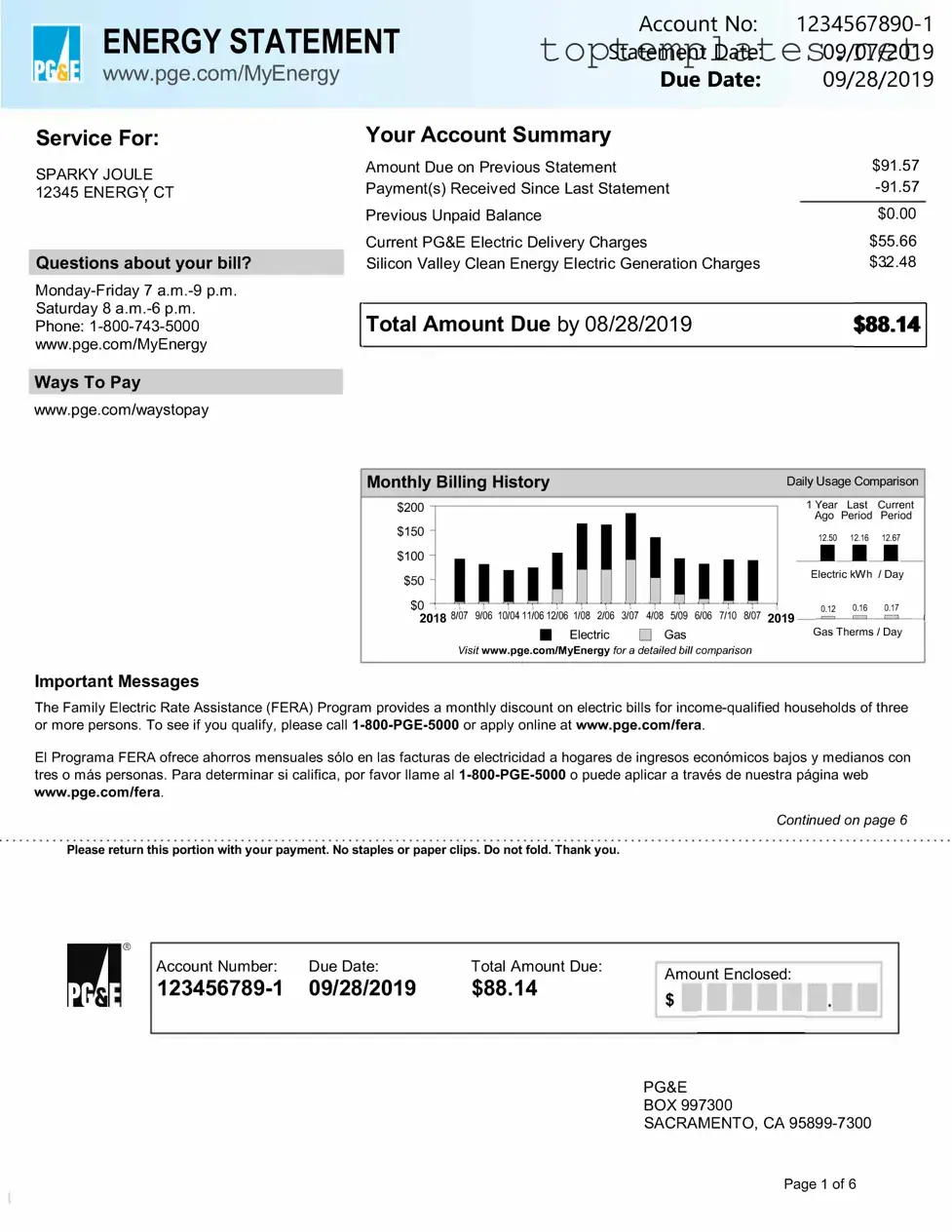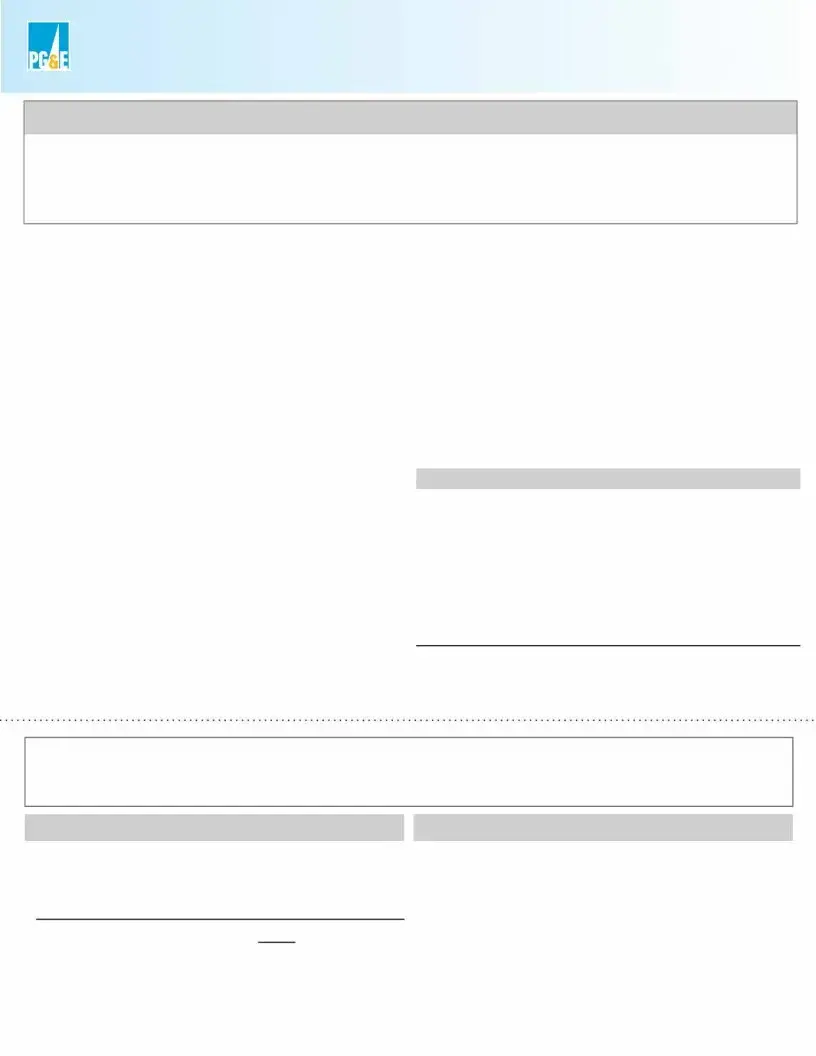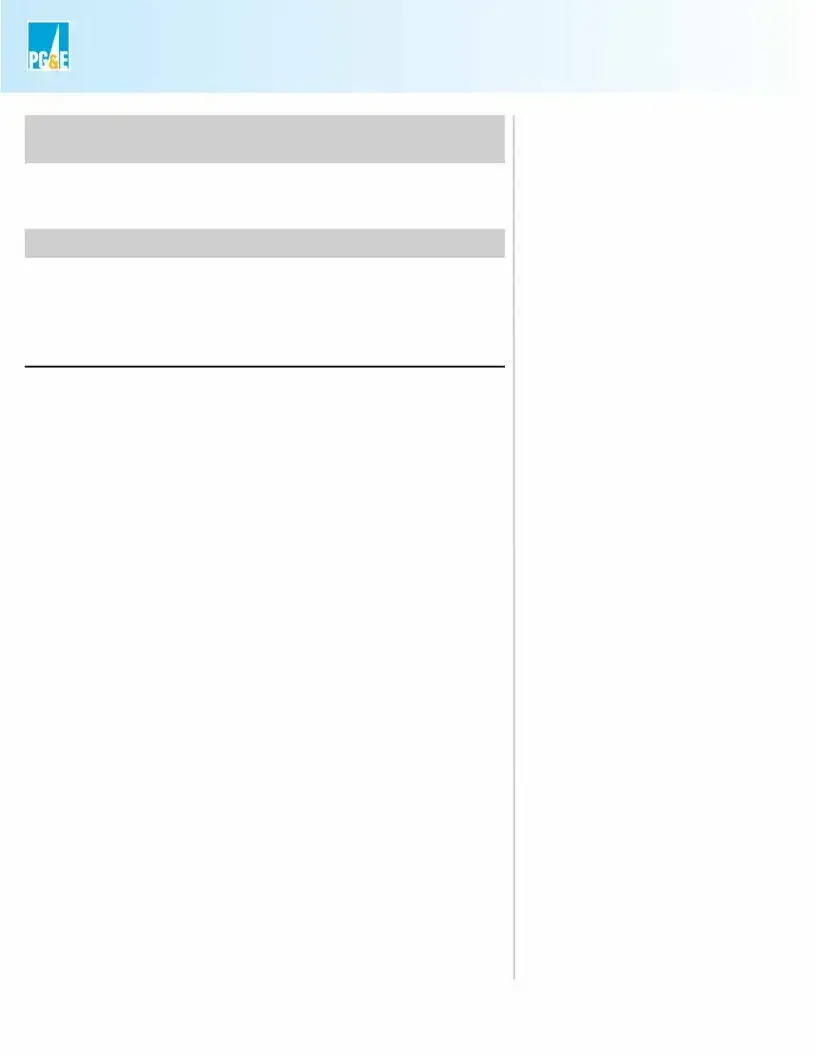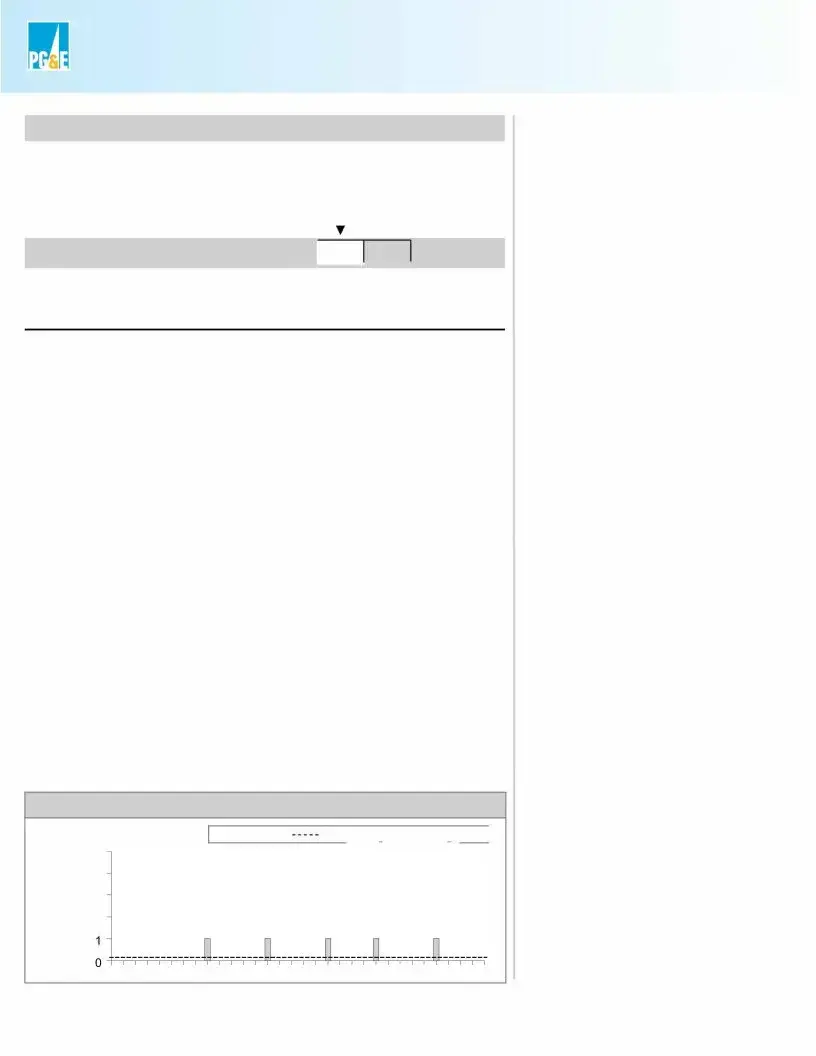What exactly is a Utility Bill form used for?
A Utility Bill form is typically utilized as a document to request, verify, or correct information related to the billing for utilities such as water, electricity, gas, or telephone services. It may be used to initiate service, end service, or adjust billing information, ensuring that the account details are accurate and up to date. This form plays a key role in the management of utility services for both residential and commercial properties.
Who needs to fill out a Utility Bill form?
This form should be filled out by anyone who is responsible for the payment of utilities at a property. This responsibility can fall on homeowners, renters, property managers, or business owners. Filling out the form is necessary for initiating service when moving to a new location, updating account details after a move, disputing charges, or cancelling services if moving out.
Where can I obtain a Utility Bill form?
Utility Bill forms are typically provided by the utility service provider. Many providers offer these forms on their official websites for easy access. Alternatively, customers can obtain a form by visiting a local service center or office of their utility provider. Some providers also offer the option to complete the form over the phone or through a mobile application.
What information is required when filling out a Utility Bill form?
When filling out a Utility Bill form, you will generally need to provide personal identification information, such as your full name, address, and contact details. It might also require your account number, if you're an existing customer. For new service requests, you may need to provide proof of residency or ownership and agree to a service start date. Specific requirements can vary by utility provider, so it's necessary to review the form and any accompanying instructions thoroughly to ensure all required information is submitted.






